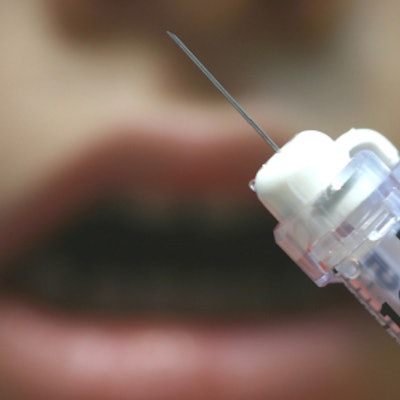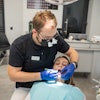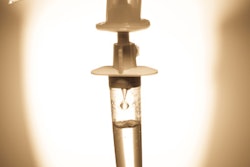
How safe is the use of anesthesia in traditional oral surgery? The results of a recent survey of oral and maxillofacial surgeons suggest that the most severe anesthesia complications are very rare, occurring in less than one person out of thousands of patients.
Researchers parsed data from thousands of oral surgery procedures in Massachusetts to estimate the prevalence of adverse effects following local and general anesthesia. They concluded that an office-based team model for outpatient anesthesia procedures is safe.
"On the basis of the results of our study, we can conclude that the office-based team model used by oral and maxillofacial surgeons in Massachusetts for the delivery of outpatient anesthesia is safe with a low complication rate," wrote the authors, led by Evan Wardius, DMD, an oral and maxillofacial surgery resident at the Boston University Henry M. Goldman School of Dental Medicine (Journal of Oral and Maxillofacial Surgery, February 5, 2019).
Oral and maxillofacial surgeons have long performed outpatient anesthesia procedures in their offices. However, renewed scrutiny has focused on anesthesia and sedation in the dental office, and the researchers of the current study decided to investigate morbidity and mortality rates in oral and maxillofacial surgeons' offices over time.
They used data from the Massachusetts Society of Oral & Maxillofacial Surgeons, which has surveyed members about anesthesia use for more than three decades. The researchers focused most of their analysis on the 2015 and 2016 surveys. These surveys included more than 431,000 patient visits to about 150 oral and maxillofacial surgeons in the state.
The majority of oral surgery patients underwent local anesthesia alone, followed by general anesthesia and parenteral sedation. The most commonly used anesthetic or adjunctive agent was midazolam, followed by nitrous oxide. For local anesthetic procedures, the vast majority of surgeons reported using lidocaine with epinephrine.
Overall, these procedures were safe, the authors noted. Syncope (fainting) was the most common complication, accounting for almost 70% of all reported complications. More severe adverse events occurred far less frequently, and no deaths were reported in the 2015 and 2016 survey years.
"The more knowledgeable [oral and maxillofacial surgeons] are about the potential medical emergencies that can be encountered during administration of outpatient anesthesia, the more prepared they will be in the management of these complications," the authors wrote.
This study had a number of shortcomings, including that it relied on the oral and maxillofacial surgeons to report the adverse effects that occurred in their offices. The researchers hope their work informs these dental professionals about common adverse effects experienced in the office.
For more findings, see the infographic below.




















